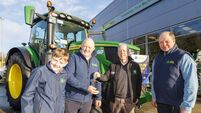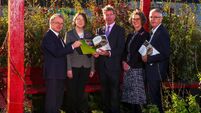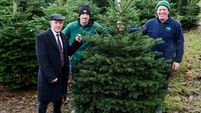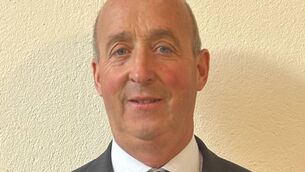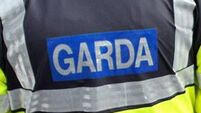Stepping back in time to 20th century farming in Ireland
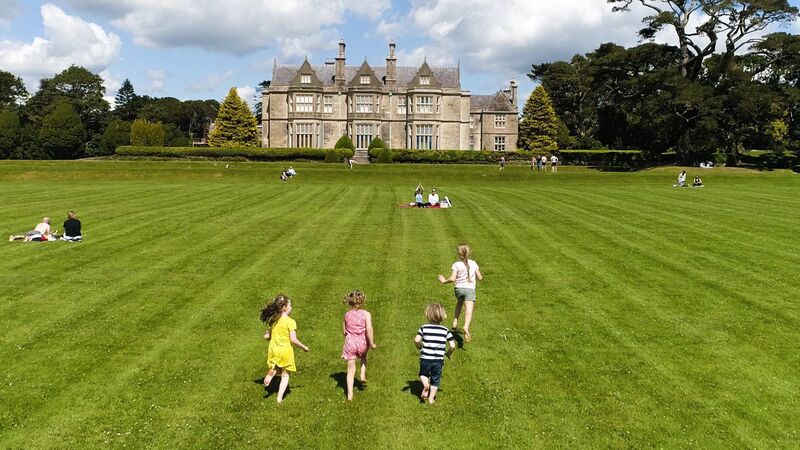
Killarney's Muckross House offers first-hand insight into 20th-century rural life.
People visiting Muckross Traditional Farms, in Killarney, Co Kerry, are being given a first-hand insight into rural life in the early decades of the 20th century.
Forget about milking parlours and intensive agriculture.
Here, they can see cows being milked by hand, fields being tilled with horse and plough, and potatoes and other garden vegetables being sown and harvested manually.
They can also peer into simpler domestic lifestyles in the days before electricity transformed the countryside.
Opened on a 70-acre site in 1993, there are three authentically furnished farmhouses - large, medium and small – and a labourer’s cottage.
All are replicas of houses dating back 100 years or more. An aproned bean an tí (woman of the house) is at each house to welcome and inform visitors.
The farms are a key element of the Muckross House complex, a leading national tourist attraction and a magnet for visitors to Kerry, being seen by an estimated eight million people in the last decade.
Pre-Covid, the house attracted an average of 125,000 visitors annually and the farms an average of 65,000. Because of restrictions last year, numbers dropped massively.
But, according to general manager Denis Reidy, the situation should turn out to be better this year. Admission prices have been reduced across the board by 25% to 30%. The house opened in mid-May and the farms on June 1.
Since then, the house has been welcoming an average of 900 visitors per week and the farms about 1,300. Irish families with children are among the main visitors so far this year.
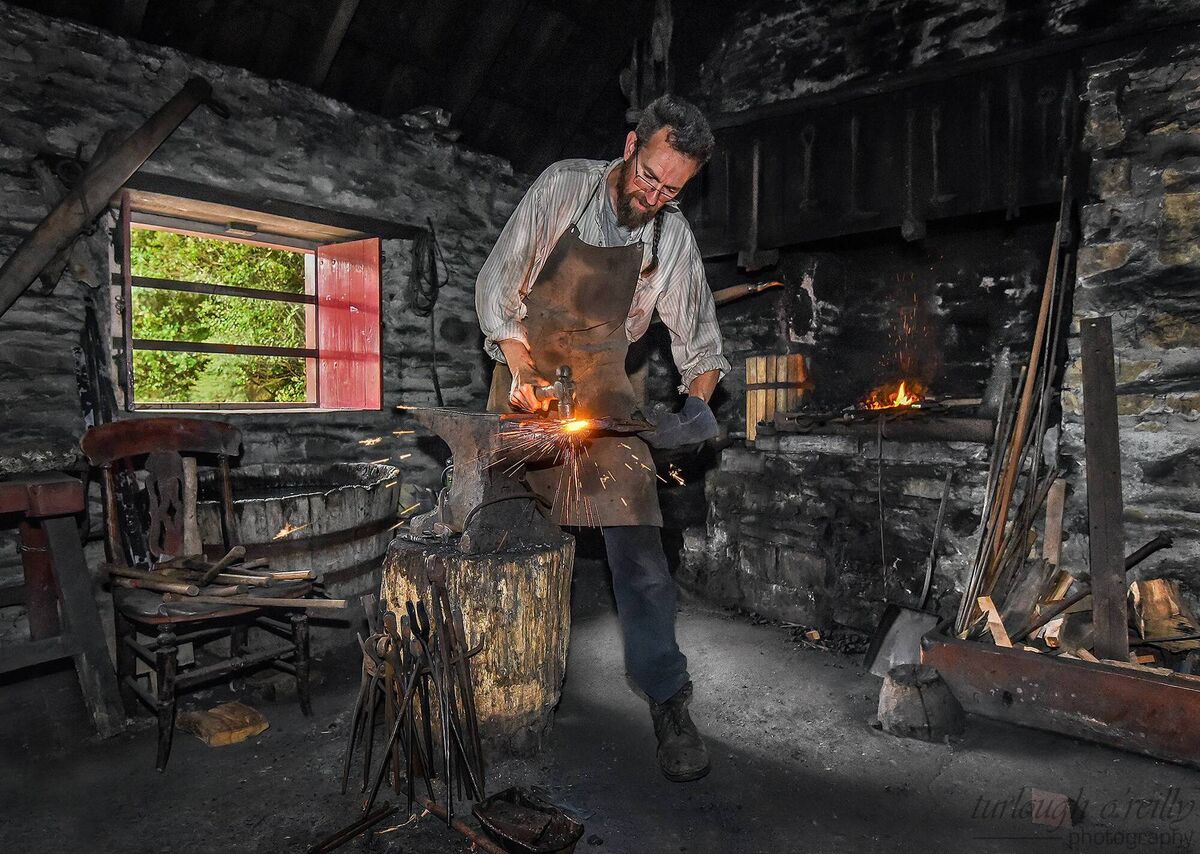
Muckross House, Gardens and Traditional Farms employ 60-70 staff year-round, but the numbers increase to around 120 in the summer. Payroll costs totalled almost €20 million in the last ten years.
The trustees work in partnership with the State.
The parties are involved in ongoing maintenance work and the development of new capital projects. Victorian stables attached to the house have recently been restored at a cost of €250,000.
Work being undertaken on the farms this year, under manager Toddy Doyle, includes rethatching one house and repointing the main farmhouse, Quill’s.
All profits are reinvested. An immediate priority, as soon as funds allow, is the upgrading of parking facilities.
A long-term plan for a multi-million euro boating museum that would encapsulate the history of the storied Lakes of Killarney.
Toddy Doyle has been manager of the farms since 1996 and has overseen many developments there, including the building of an old schoolhouse in 2013.
“People of the calibre of Kathleen Courtney, Margaret O’Donoghue, Annie O’Connor, Peggy Reidy and Joan Collins, who were amongst the early mná tí, were steeped in the tradition and helped lay the foundation for the people-based, experience we have today.
“Farmworkers Neily Cahill and Patrick Reen also played a huge part in the development of the farms. I think the biggest attraction for visitors to the farms is the living experience they get from interaction with actual people.
“Over the years we’ve been blessed to have wonderful women, with the recently-deceased Mary T McCarthy being a typical example. Take the ladies out of the houses and you take the life out of the houses,” he said.
After being welcomed to the farmhouses by the women, visitors can see bread being baked in bastible ovens or griddles over an open turf fire. They can see also see how milk is separated and butter is made.
Tasting of bread and home-butter has long been part of people’s visits to the houses, but nobody is allowed to taste anything at present due to Covid restrictions. Some practical demonstrations must also be limited.
Mr Doyle said it is lovely to see people coming with their grandchildren. The older people can relive some of their youth whilst for the kids getting close-up with animals is often a thrill and a novelty.
“Some of the older farmers can find some slight inaccuracies in things we’re doing.
They might ask, for example, why a loose iron band from an old wooden cartwheel was not draped in jute sacks to swell the timber so that the band could then fit,” he said.
Visits are not too structured. People take from the experience whatever is important to them.
For some it might be a settle bed that grabs their attention; for others, it might be a crane over a fire or delph on a dresser.
Two cows (Shorthorns with the horns on) are milked by hand at 10am and 4pm each day to suit visiting times.
The mná tí use the fresh milk to bake the bread. The cream is removed from the remainder of the milk. Butter is then made on alternate days.
As well as the milking cows, the farms have about ten suckler cattle, including Shorthorns, Droimins and Dexters, with calves at foot.
There are two Clydesdale working horses, an Irish draught mare and about six donkeys.
There’s also an area where visitors can come up close to a range of smaller animals including lambs, piglets, sheep, rabbits and goats. Special needs kids seem to benefit greatly from their visits to the farms.
Recently, in conjunction with the National Parks and Wildlife Service, a section of a field has been set aside as a bird cover area.
Muckross House was built in 1843 for the land-owning Herbert family. It remained in their ownership until the end of the 19th century.
It was the residence of the Vincent family for 20 years in the early part of the 20th century.
In 1932, Senator Arthur Vincent and his parents-in-law, Mr and Mrs William Bowers Bourn, of California, presented the House and an 11,000-acre estate to the Irish nation.
The land is now part of Killarney National Park. The House remained unused until 1964 when it was opened to the public as a museum of Kerry folklife.

